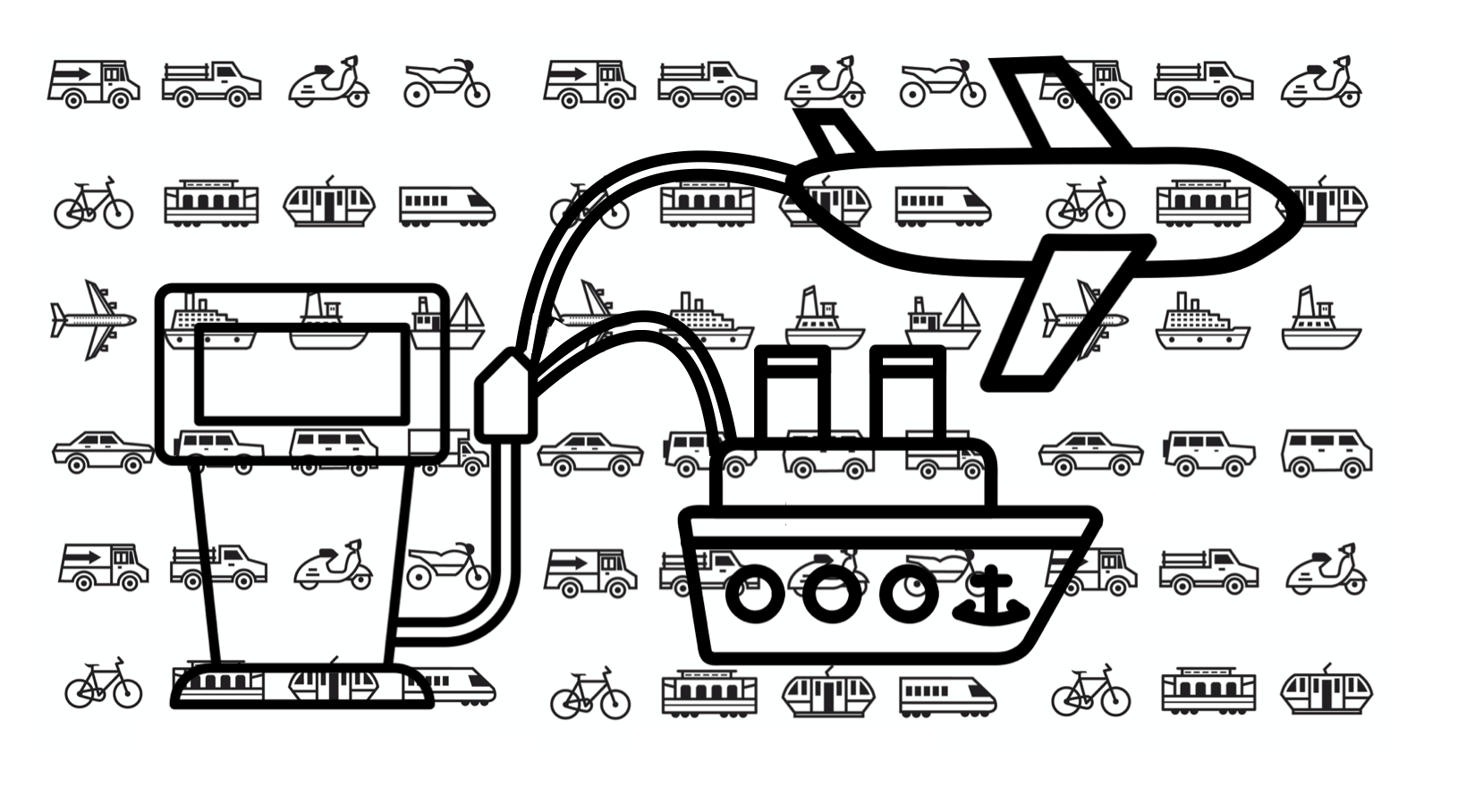
What are the long-term solutions for our climate if we want to continue flying and doing international trade with large container ships? Despite all the advances in battery technology and the high hopes for hydrogen, they don’t seem like a serious alternative in long-distance aviation and shipping.
Batteries will continue to have far too low an energy density for energy-guzzling ships and aircraft for a very long time. Hydrogen’s density is also too low. Nature invariably provides liquid hydrocarbons, oil, through millions of years of compression of plant remains. Couldn’t we also make our own hydrocarbons like gasoline or kerosene in a more climate-friendly way?

In fact, this is a standard chemical process in the process industry. From hydrogen and CO2 you can make liquid fuels, such as artificial kerosene. The reason we have not been doing this for a long time is that it is still far too expensive. This has to do with the many steps required and the loss of energy at each step, and also with the huge costs of the necessary equipment. Currently, making a liter of artificial kerosene costs about €7. It is expected that this could start to drop to less than €1 per liter by 2050, but there is still work to be done before that happens.
Another question is whether we can generate enough renewable energy to go climate-neutral all the way. Because what will it take? First, you need a lot of wind turbines or solar panels to make enough renewable electricity to produce hydrogen through electrolysis. Second, you need CO2, for example, by taking it out of the air. The rest is basically standard technology. You burn the kerosene in the plane or ship, releasing just as much CO2 as you absorbed while making it. The circular chain is thus closed again.
It is often said that we will never have enough renewable energy to make kerosene with a modest efficiency. Or that you would have to fill the entire IJsselmeer lake with solar cells. A smarter solution is to build solar parks in, say, the Middle East or North Africa. The current cost of solar energy there has already fallen to just 0.01 €/kWh. With a few percent of the area of, say, Saudi Arabia, we could make enough electricity to supply the entire world with kerosene.
“With a few percent of the area of, say, Saudi Arabia, we could make enough electricity to supply the entire world with kerosene.”
Maarten Steinbuch
If we can make the electrolysis equipment five times cheaper and also start to make capturing CO2 affordable on a larger scale, then artificial kerosene becomes a serious option. The Eindhoven-based start-up Carbyon is developing a machine concept for direct CO2 capture from the air, in a scalable and much cheaper way than hitherto. The company VDL, together with the energy institute EIRES from TU Eindhoven and the research institute DIFFER, is developing a cheap and scalable solution for electrolysis. This development would fit well with our high-tech sector and could lead to a solid revenue model for the Netherlands. Smarter ways of making artificial kerosene directly from CO2, water, and electricity, instead of first using hydrogen, are also being researched.
All this will be a huge economic activity in the next decades. Within a generation, it will be cheaper to make fuel than to pump and refine oil.
Maarten Steinbuch and Carlo van de Weijer are alternately writing this weekly column, originally published (in Dutch) in FD. Did you like it? There’s more to enjoy: a book with a selection of these columns has just been published by 24U and distributed by Lecturis.
